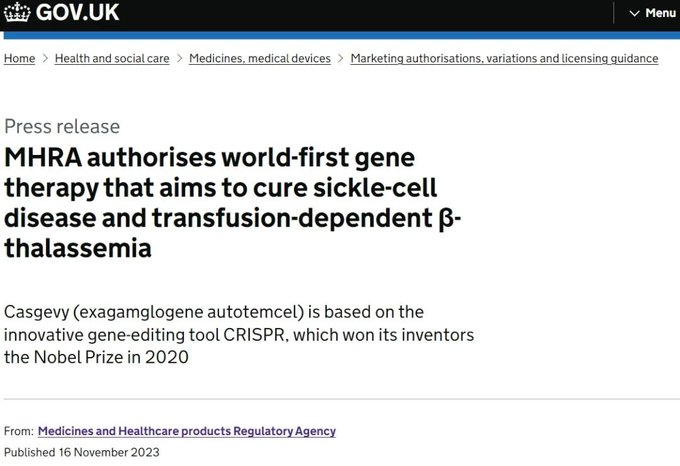New Trends in Gene Editing - Knockout Cells and Prime Editing Technology Illuminate the Road to Genetic Research
1. K nockout cells decipher the mechanism of cell antiviral ability Guanylate-binding prot eins (GBPs) are highly expressed interferon-stimulated genes (ISGs) that have antagonistic effects on various intracellular pathogenic microorganisms. ECTV has very similar genetic and disease characteristics to the monkeypox virus, making it a valuable research tool for studying orthopoxvirus-host interactions. Guanylate-binding proteins (GBPs) are highly expressed interferon-stimulated genes (ISGs) that have antagonistic effects on various intracellular pathogenic microorganisms. The gRNA plasmid containing the specific targeting gene PAPL was transfected into small hamster kidney cells (BRT17 cells), and then the small hamster kidney cells were infected by ECTV, and subsequently obtained the PAPL knockout ECTV. Viral plaque assays were performed in African green monkey kidney fibroblasts (CV1) to evaluate the effect of PAPL deletion...

